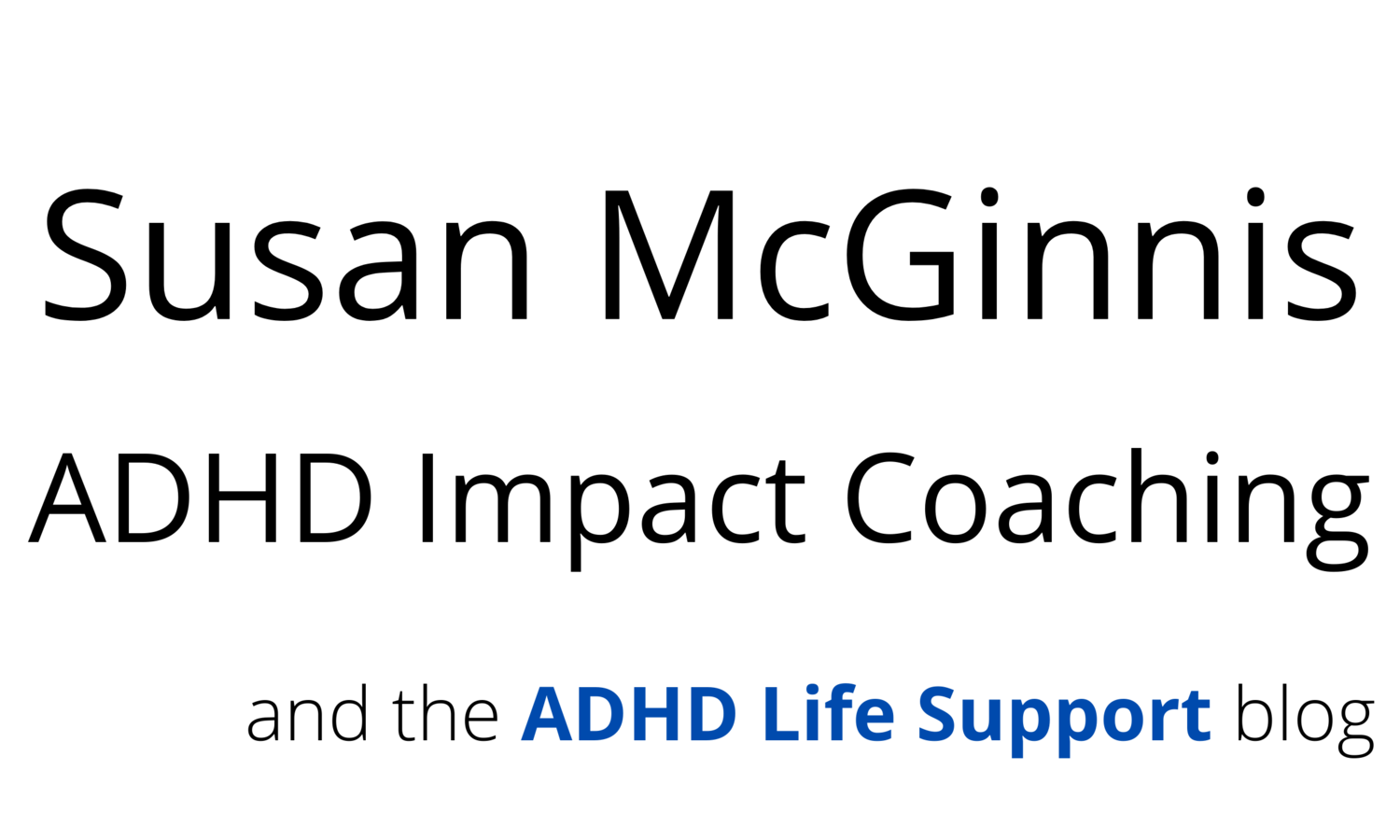Feelings Change: Managing Emotions Over time
Here’s an idea for managing your emotions: Add the words “right now” to how you feel.
Managing emotions with ADHD is tough, because the way time perception intersects with feelings and thoughts makes it easy to think that how you feel right now is the way you will feel forever; easy to think that your feelings are telling you something true forever.
And “always and forever” thinking can lead to actions - and inactions - that don’t support what you want for yourself.
“I must have not done a good job in that presentation because I feel vulnerable and uncomfortable. I guess I’m just not good at presentations. I should keep my head down in a support role - that’s safer.”
See how the feeling has been given a “forever” meaning that drives a decision with a long-term impact on you?
But if you change to “I feel vulnerable right now,” you begin to separate how you feel from what happened. What’s more, you leave the future open to feeling differently.
Emotions are important information, and identifying them as “right now” can help add some wonderful space in which to consider their meaning and what action to take.
For example, let’s say you are feeling afraid and vulnerable “right now.” By putting the time frame on the feeling, it becomes a logical step to question, “What is it that is causing me to feel that way at this time?” Are you in a truly risky or dangerous situation, in which case, you need to take action in order to take care of yourself? (In this example, it becomes clear that viewing how you feel as “always and forever” can also lead to inaction - “I will always feel this way, therefore why bother taking any action?”)
If this topic of emotion and feeling “at risk” is interesting to you, I recommend Brene Brown’s new podcast, Unlocking Us, and in particular the March 20, 2020 episode “Brene on FFTs” about what she calls “F*ing First Times” and how they make her feel. Brene is a research professor at the University of Houston studying courage, vulnerability, shame, and empathy.
